Industry information
Company News
- Hyperbolic aluminum veneer: an innovator in architectural aesthetics
- Fluorocarbon aluminum veneer: the 'hidden champion' of the construction industry?
- Aluminum veneer curtain wall: the beauty of architecture lies within a single panel
- Unveiling the 'magnificent transformation' of curtain wall aluminum veneer
- Aluminum veneer curtain wall, the fashionable "coat" of architectural appearance
Industry dynamics
- Exploring special-shaped aluminum veneer: unique aesthetics, innovative future
- Practical tips for aluminum veneer to enhance posture!
- Innovative technology for perforated aluminum veneer with wrapped columns
- Application fields of stone patterned hyperbolic aluminum veneer
- Production and processing of punched aluminum veneer
Frequently asked questions
- How to choose and purchase aluminum veneer?
- What is the approximate price of aluminum veneer?
- What are the special points to pay attention to when installing aluminum veneer?
- What are the surface treatment methods for aluminum veneer?
- What are the advantages of aluminum veneer?
contact us
Mobile:+86 15627778610
Email: 2201229786
Address: No. 5 Binjiang Road, High tech Zone, Zhaoqing City, Guangdong Province
What is the surface flatness of fluorocarbon aluminum veneer?
- Author: Supreme Building Materials (Guangdong) Co., Ltd
- Release time: 2022-03-01 05:10:23
- Click:0
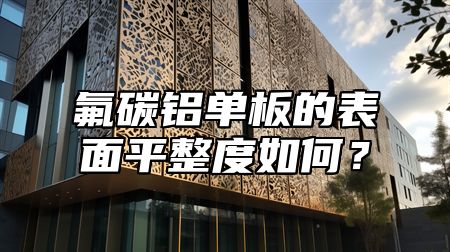
Fluorocarbon aluminum veneer is a widely used building material in various fields such as construction, billboards, curtain walls, etc. The surface smoothness is one of the important concerns for consumers. The surface flatness of fluorocarbon aluminum veneer will be described in detail below.
1. The concept of surface flatness
Surface flatness refers to the degree of flatness of the surface of fluorocarbon aluminum veneer, usually expressed by the height difference of bumps and depressions per unit length. The higher the surface flatness, the more beautiful the overall appearance of fluorocarbon aluminum veneer, and it is also beneficial for subsequent coating, film application and other construction operations.
1. Influencing factors
The surface flatness of fluorocarbon aluminum veneer is influenced by various factors, mainly including the following aspects:
(1) The quality of raw materials: The quality of raw materials directly affects the surface flatness of fluorocarbon aluminum veneer. High quality raw materials can produce fluorocarbon aluminum veneer products with higher surface flatness.
(2) Production process: The production process of fluorocarbon aluminum veneer also affects its surface flatness, such as whether high-precision equipment and processes are used in the production process, and whether strict quality control is carried out.
(3) Transportation and storage: Fluorocarbon aluminum veneer may experience a decrease in surface flatness during transportation and storage due to factors such as compression or collision.
It should be noted that the surface flatness of fluorocarbon aluminum veneer is not necessarily better the higher. In practical applications, selection and design need to be based on specific circumstances. For example, in the design of building exterior walls, it is necessary to consider whether the surface flatness of fluorocarbon aluminum veneer can withstand the influence of natural factors such as wind and rain to ensure the stability of the building; In the design of interior decoration, it is necessary to consider whether the surface flatness of fluorocarbon aluminum veneer can meet the weight of furniture, appliances, and other items to ensure its service life and stable performance.
The surface flatness of fluorocarbon aluminum veneer is an important indicator that has a significant impact on the appearance and performance of the entire product. Consumers should choose fluorocarbon aluminum veneer products that meet the standards and follow the manufacturer's instructions and maintenance recommendations to ensure the service life and stable performance of fluorocarbon aluminum veneer. Attention should also be paid to the characteristics of materials and structural limitations during design and installation to ensure that the construction effect meets the requirements.

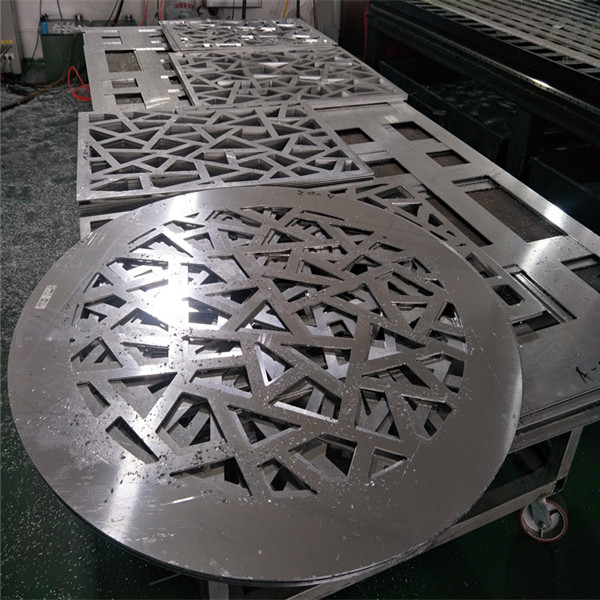
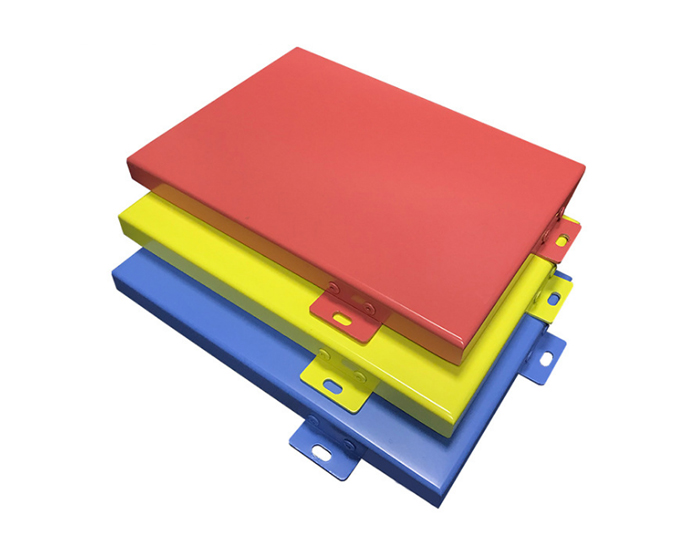
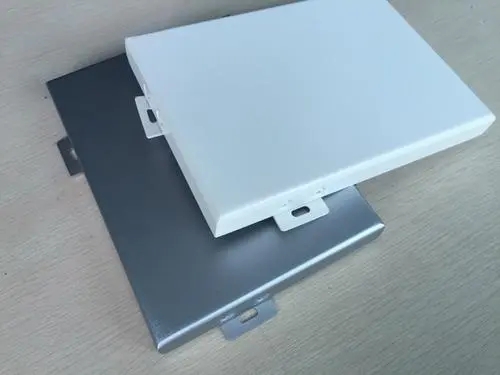
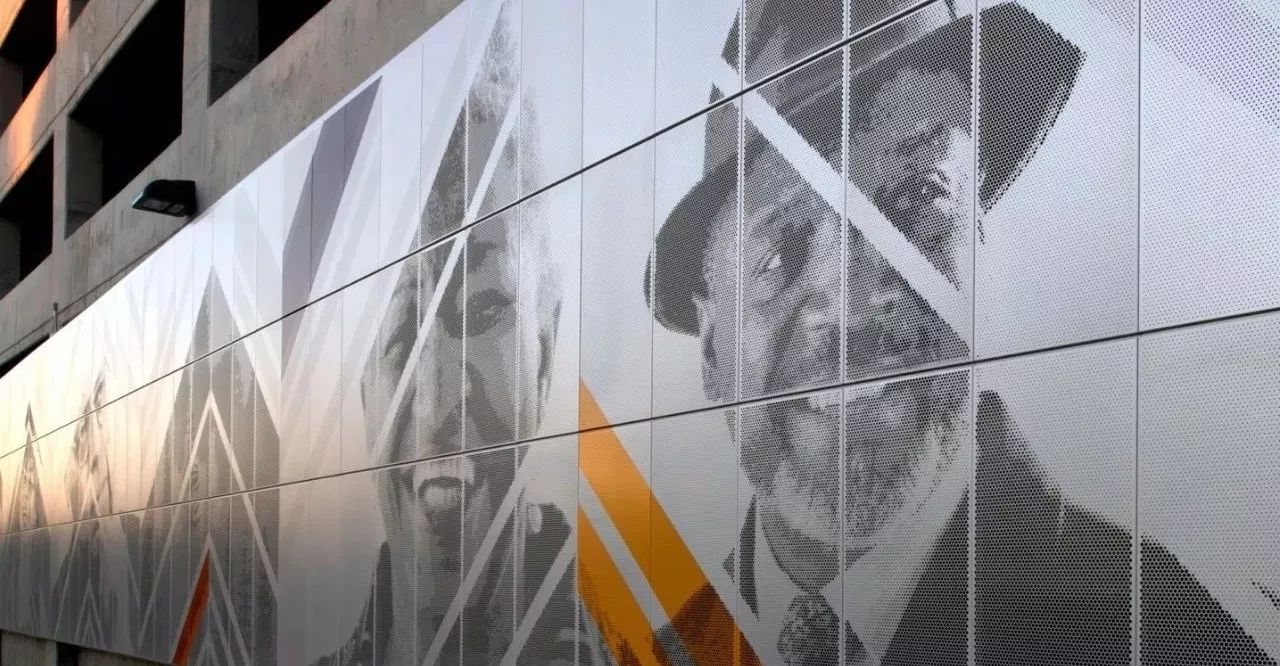
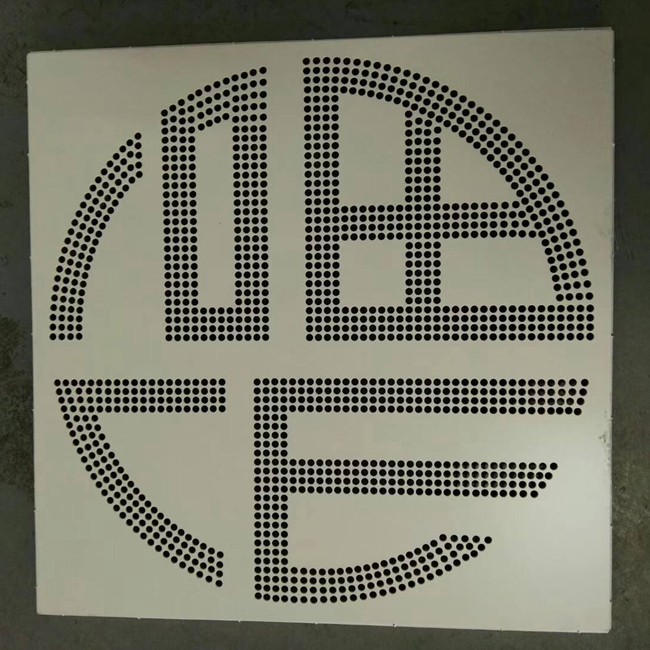
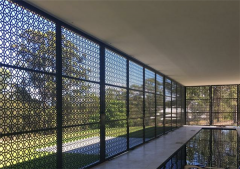
 Customer service QQ
Customer service QQ